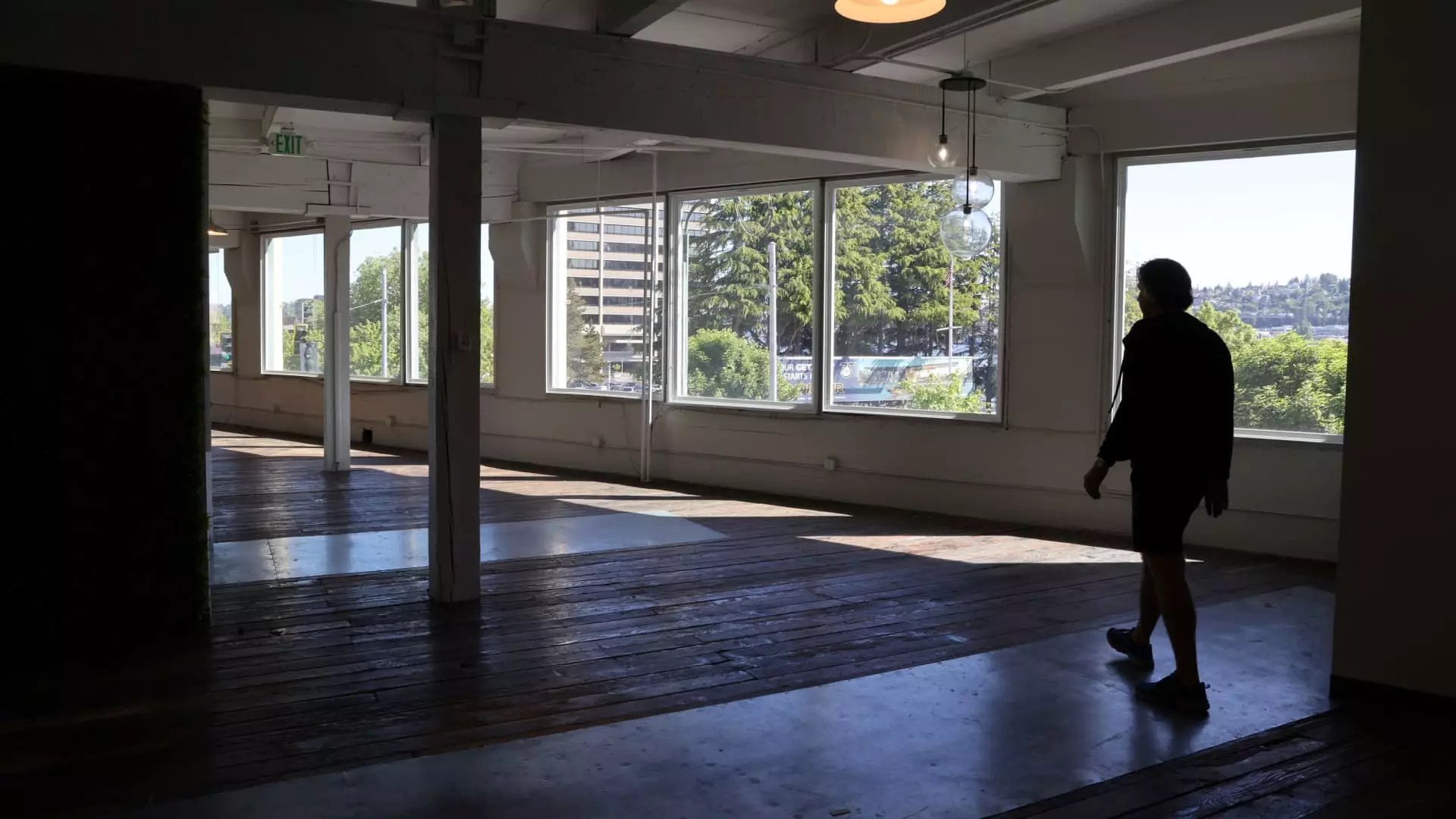The U.S. office market, once a bastion of corporate clout and a symbol of economic resilience, now finds itself at a startling crossroads. For the first time in over a quarter-century, the trend of demolishing and converting office spaces is poised to outstrip new constructions. This transformation is not just a mere statistical anomaly; it signifies a broader cultural and economic shift driven largely by the pandemic and the ensuing remote work revolution. The traditional office environment is being dismantled, and in its absence, a new paradigm is emerging—one that may be both promising and perilous.
Declining Demand and Surging Vacancies
Given the alarming 19% vacancy rate that continues to plague the market, it’s clear that the demand for traditional office space has been significantly diminished. Gone are the days when corporations were scrambling for prime real estate to house thousands of employees. Instead, many companies are now opting for flexible work arrangements, leaving expansive office spaces underutilized. This trend is not just a temporary blip; it reflects a fundamental shift in how we view work itself. Workers today demand more freedom and adaptability, making it difficult for landlords to fill vacancy after vacancy.
As demolition and conversion projects escalate, with 23.3 million square feet of office space slated for either repurposing or destruction, the market is witnessing a slow but steady contraction. While developments of new office space are expected to hover around 12.7 million square feet this year, the net effect of these adjustments may lead to overall benefits for commercial landlords in the long term. Lower vacancy rates could stabilize rental prices, particularly in thriving neighborhoods that attract a diverse and engaged workforce.
The Impact of Remote Work on Real Estate Economics
What we are witnessing is a fierce adjustment to the reality that remote work is here to stay. The powerful trend toward hybrid work models represents a decisive departure from pre-pandemic norms. Employees are feeling the heat to return to physical offices, driven in part by a tightening labor market—yet many are reluctant to abandon the flexibility they’ve enjoyed. As leasing activity rises by 18%, this tug-of-war signals an evolution in worker preferences, forcing real estate developers to rethink their strategies. Will landlords adapt, or will they cling to outdated business models that no longer resonate with modern needs?
This conflict between traditional real estate paradigms and emerging preferences does not merely reshape the office market; it invites beneficial changes to urban landscapes. As Mike Watts of CBRE highlights, stripping away obsolete spaces paves the way for revitalization. Converting dull office blocks into attractive multi-family units could breathe new life into neighborhoods, providing housing where it is sorely needed.
The Bright Side of Office Conversions
With an astonishing 85 million square feet in the pipeline for conversion, there’s potential for reinvention at a vast scale. These transformations can yield thousands of much-needed residential units, shedding light on the possibility of a more holistic approach to urban development. This conversion trend necessitates inventive thinking, giving rise to a vibrancy that static office spaces often lack. Stakeholders within commercial real estate are wise to capitalize on this trend, not just for profit but also for the societal benefits we can reap as cities become more livable and attractive.
However, it’s essential to acknowledge the hurdles ahead. The dwindling supply of suitable buildings for conversion remains a critical challenge. Furthermore, the escalating costs of labor and materials threaten to stymie what could otherwise be a flourishing trend. It is here where the resilience of the market will be tested; declining opportunities for conversions could leave many stakeholders scrambling, overshadowed by rising overheads.
A Cautious Outlook on Recovery
The current trajectory of the office market is both a wake-up call and an opportunity. Stakeholders must embrace the changing landscape, arming themselves with insights that point north. The promise of a revitalized commercial real estate market hangs in the balance, contingent on the willingness to pivot away from outmoded models and embrace a future that meets the evolving needs of workers. While optimism is in the air, whether we can sustain it amid uncertainties depends on our proactivity and adaptability in navigating these remarkable changes in the commercial sector.


Leave a Reply